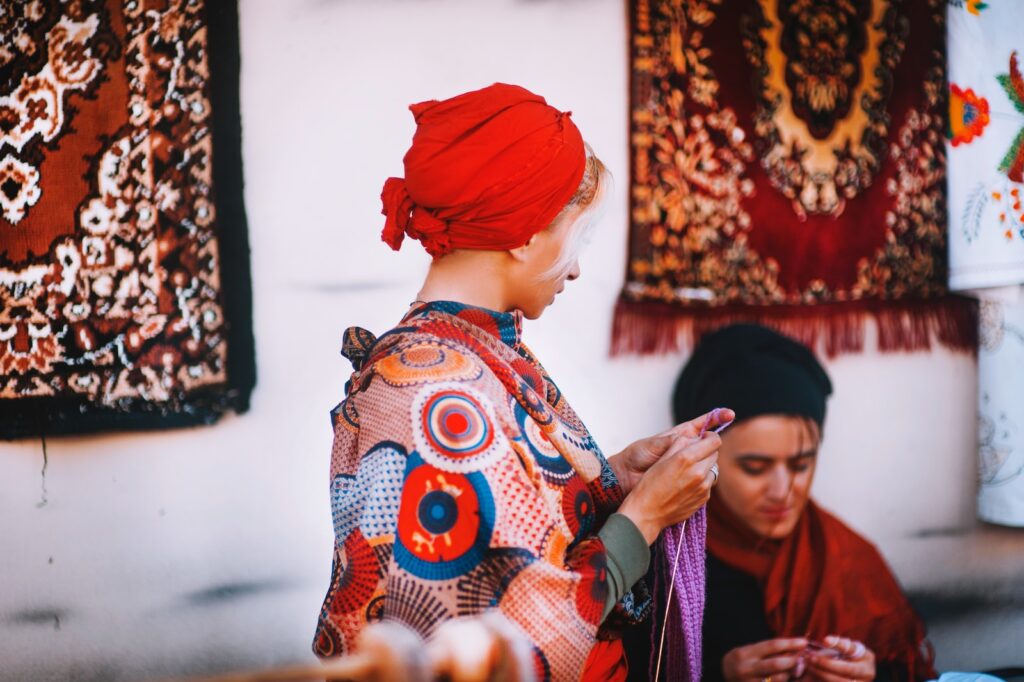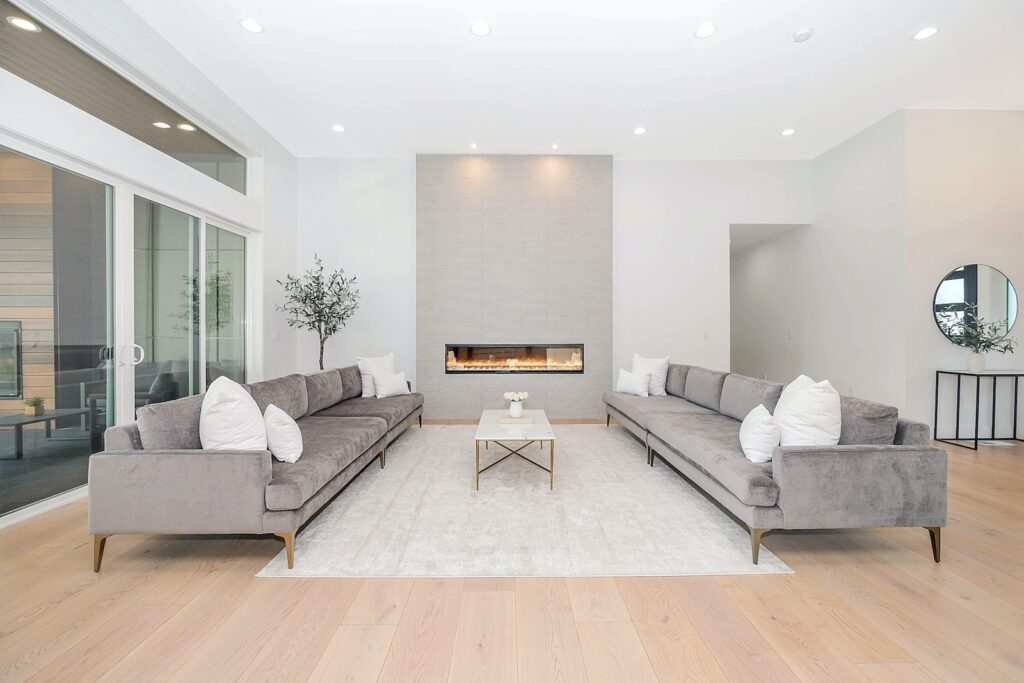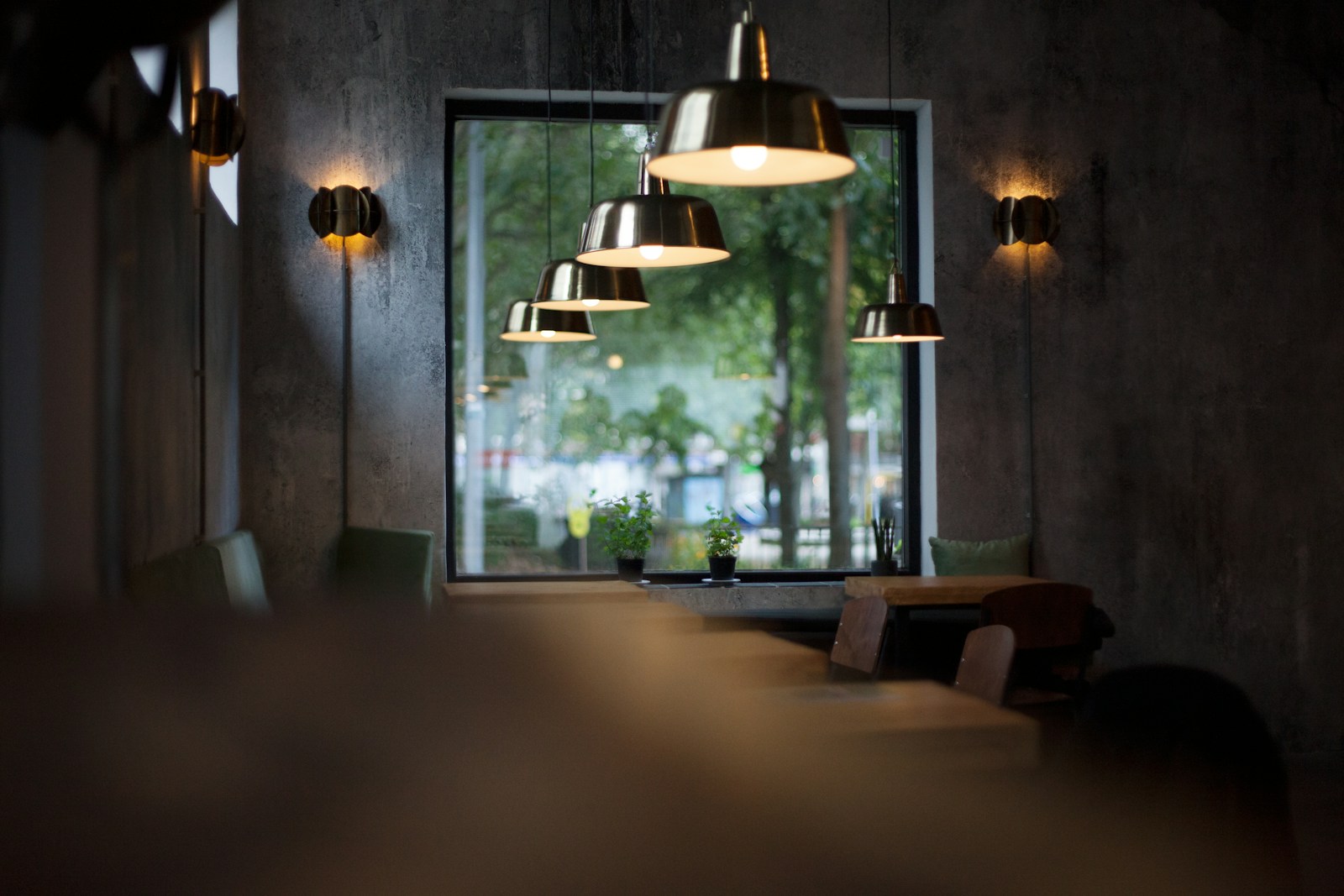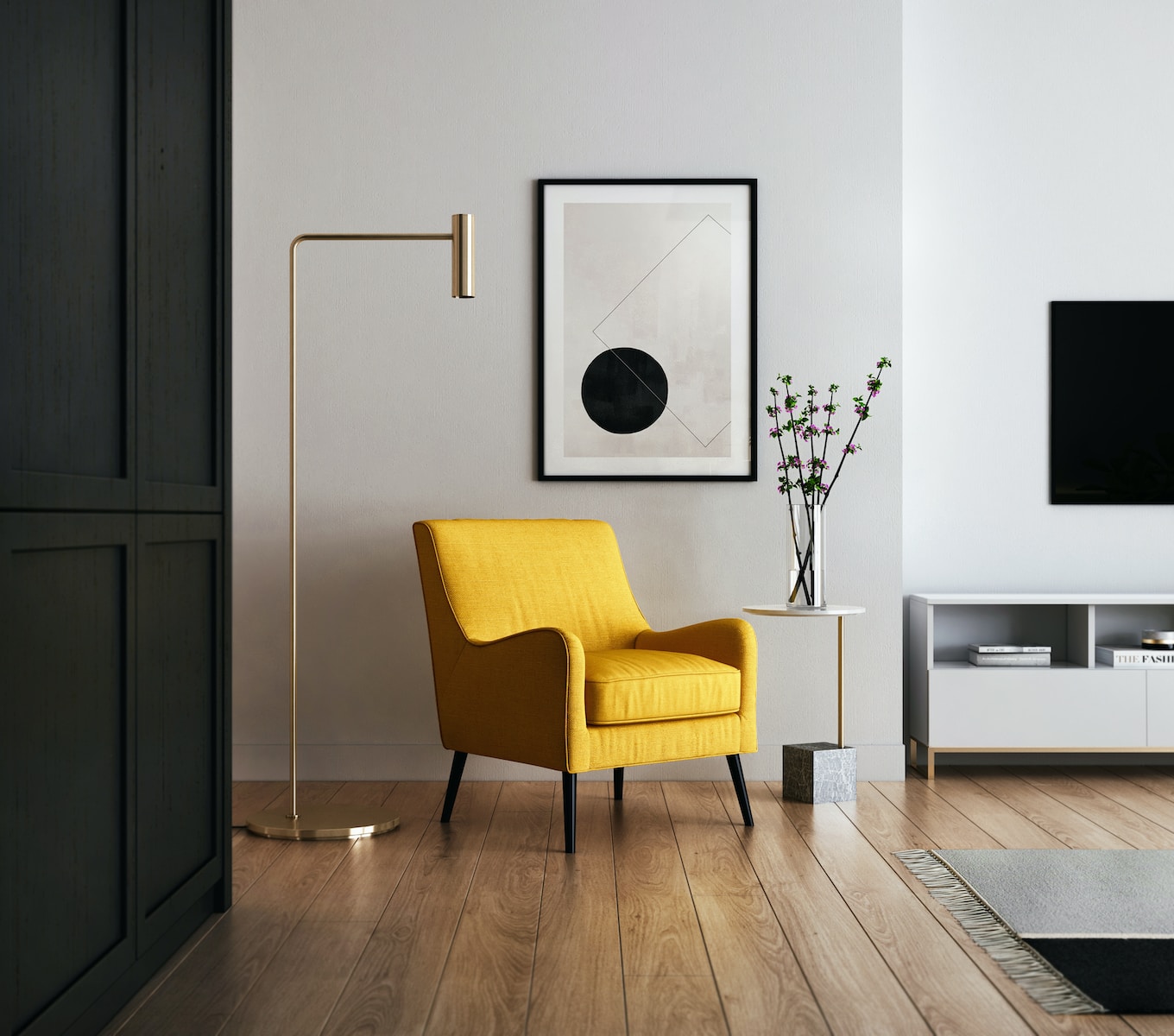Introduction
In the ever-evolving world of interior design, where trends come and go, one constant factor remains paramount—the impact of cultural elements. Interior design is not merely about arranging furniture and selecting color palettes; it is a powerful means of self-expression and storytelling. The incorporation of cultural elements into interior design serves as a bridge between the past and the present, offering a unique way to infuse depth, character, and a sense of identity into a space.
The Cultural Tapestry
Every culture tells a unique story through its traditions, art, and craftsmanship. When these elements are woven into the fabric of interior design, they create a cultural tapestry that narrates tales of heritage and history. This tapestry extends beyond physical artifacts to include intangible aspects such as beliefs, rituals, and social practices. By integrating these cultural layers into a design, a space gains a profound richness that transcends the superficial.

Breaking Stereotypes and Embracing Diversity
In an era that champions diversity and inclusivity, the infusion of cultural elements in interior design plays a pivotal role in breaking stereotypes. By incorporating diverse cultural influences, designers challenge preconceived notions and foster an environment that celebrates differences. This inclusivity not only adds a refreshing twist to design but also reflects the melting pot of cultures that define our global society.

Colors as Cultural Code
Colors hold profound cultural significance, often acting as a silent language that communicates emotions, traditions, and beliefs. When choosing color palettes for interior design, it is essential to understand the cultural codes associated with each hue. For instance, red may symbolize prosperity and luck in Chinese culture, while white is often associated with purity in Western traditions. By embracing these cultural nuances, designers can create spaces that resonate with a deeper, more meaningful energy.

Furniture and Artisanal Craftsmanship
Furniture and artisanal craftsmanship are integral components of interior design, and they provide an excellent canvas for the integration of cultural elements. By incorporating pieces that bear the mark of traditional craftsmanship, a space gains a timeless quality. Whether it’s hand-carved wooden furniture from Africa, intricate ceramics from Asia, or vibrant textiles from South America, each piece contributes to the overall narrative of the space.

Spatial Arrangement and Cultural Flow
The layout and arrangement of a space play a crucial role in how cultural elements are perceived. Considerations such as the flow of energy, accessibility, and the positioning of symbolic elements can significantly impact the cultural narrative within a space. By mindful spatial arrangement, designers can create a harmonious balance that allows cultural elements to shine without overwhelming the overall aesthetic.

Harmonizing Tradition and Modernity
One of the challenges in incorporating cultural elements into interior design is finding the delicate balance between tradition and modernity. Successful designs seamlessly merge ancient traditions with contemporary aesthetics, creating a harmonious blend that feels both rooted and current. This fusion not only adds a unique character to the space but also reflects the evolving nature of culture itself.

Case Studies: Cultural Design Triumphs
To illustrate the power of cultural elements in interior design, let’s explore a few notable case studies. The Moroccan-inspired interiors of the Yves Saint Laurent Museum in Marrakech, the fusion of Scandinavian simplicity with Japanese minimalism in a Stockholm apartment, and the vibrant mix of Indian colors and patterns in a London restaurant—all these examples showcase how cultural influences can elevate design to an immersive and transformative experience.

The Human Connection
At its core, interior design is about creating spaces that resonate with the human experience. By incorporating cultural elements, designers tap into a shared heritage that transcends geographical boundaries. This human connection fosters a sense of belonging and comfort, turning a mere physical space into a living, breathing entity that tells a story and invites people to become a part of it.

Future Trends: Cultural Sustainability
As the world becomes more interconnected, there is a growing awareness of the need for cultural sustainability in design. This involves not only respecting and incorporating cultural elements but also ensuring that these influences are ethically sourced and respectfully integrated. Designers are increasingly collaborating with local artisans and communities to create spaces that are not only aesthetically pleasing but also socially responsible.

Conclusion
In conclusion, the influence of cultural elements in interior design goes far beyond mere decoration; it is a powerful tool for storytelling and self-expression. By embracing the rich tapestry of global cultures, designers can create spaces that are not only visually stunning but also deeply meaningful. The integration of cultural elements adds a layer of authenticity, diversity, and inclusivity to interior design, transforming spaces into dynamic reflections of the human experience. As we continue to navigate the ever-evolving landscape of design, one thing remains certain—culture will always be at the heart of truly remarkable and timeless interiors.




